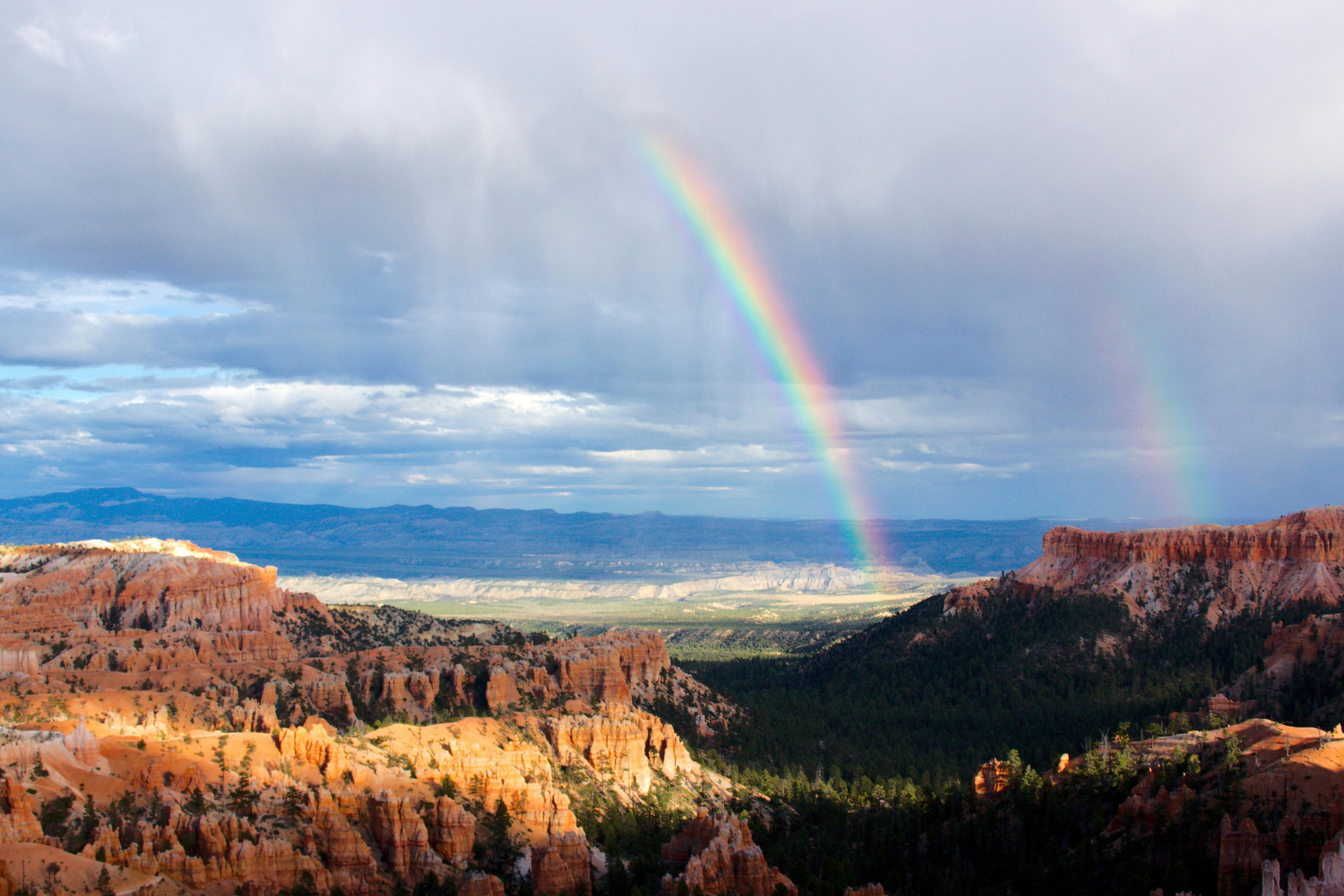According to the United States Environmental Protection Agency (EPA), radon is estimated to cause 21,000 lung cancer deaths per year. This number is much higher than the number of deaths caused by drunk driving or fire incidents. This information was taken from the 2005-2006 National Center for Injury Prevention and Control Report of the Centers for Disease Control and Prevention and the 2006 National Safety Council Reports. Due to the seriousness and alarming figures , the government encourages everyone to keep your family healthy and safe by testing your home for radon.
What is radon?
Radon is an odorless, colorless, and tasteless radioactive gas that “silently kills” that comes from the breakdown of uranium found under the soil and rocks in your home. Radon can be in the air you breathe and the water you drink. If you smoke and have a high radon level in your home, your risk of developing lung cancer is extremely high.
How healthy and safe is your home interior?
If you haven’t checked your home for radon, the best time to do so is now. Today, there are different ways to check your home for radon. You can do it yourself with radon test kits that are fairly inexpensive and easy to follow. But, if you are buying a home, it may be helpful and prudent to combine the services of your local home inspector. A local home inspector who is certified in radon testing can inspect your property and add radon testing service. It will save you money by combining services and you will have the expert knowledge of a certified inspector.
What if there are high concentrations of radon in my home?
It is very simple. If you find that you have high levels of radon in your home, you need to do something about it. You can protect yourself from radon by knowing how it gets into your home. As radon escapes from soil and rocks, it tries to disperse into the atmosphere. Radon does not normally affect us when combined with a vast atmosphere of oxygen, carbon dioxide, and nitrogen. However, when radon gas is trapped or trapped, it becomes concentrated and dangerous to the human body. Therefore, if radon gas escapes from rocks and soil into your home, it has not yet escaped to a safe atmosphere. Therefore, you can prevent radon from entering the air you breathe by installing a vent pipe and extracting radon gas outside your home. This is known as under-slab depressurization. Just so you know, no, you can’t seal your house well enough that radon doesn’t leak out. According to the EPA, it is not effective in preventing radon gas from entering your home.
Radon has been discovered in areas that have high levels of granite concentration. But it has also been found in places without much granite. Therefore, it is important to be careful and approach radon testing on a case-by-case basis. You can’t really predict where high levels of radon might lurk. So protect your family’s health and make sure your home doesn’t become the place where radon gas gets trapped as you try to escape from the rocks and soil below.
